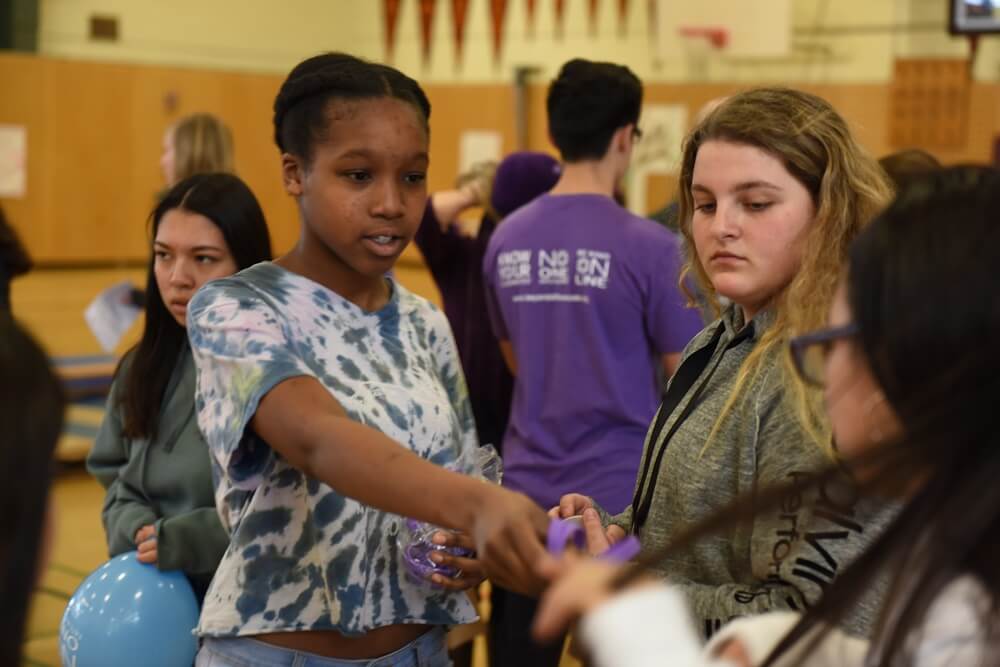
Guest Author: Danika Clifford
Beyond Differences Teen Board Leader
Have you ever noticed how many kids sit alone at lunch or walk by themselves between classes, while other groups of kids happily walk around flaunting their connections and friendships?
Why do kids feel compelled to ignore others or, even worse, put them down and make them feel even more alone?
Social isolation and bullying are big problems in Bay Area schools. Studies show that social isolation contributes to a wide range of serious physical and mental health issues as well as poor academic performance.
I have experienced social isolation and bullying throughout my life, but one instance is unforgettable in my mind. When I was in 6th grade, I struggled with math and was moved from a normal class to a supported math class. Girls who had always taunted me somehow learned about my new schedule and started following me around between classes, drilling math questions at me. It made me feel smaller than ever and powerless and I just wanted to disappear. What’s interesting is that one of the girls who lead the pack ended up in my math class a few weeks later, so it’s clear that she was imposing her own insecurities onto me. We all have our difficulties in school and we all need to be accepting and supportive of each other.
That’s why when I entered high school, I decided to speak out and became part of the Teen Board of nonprofit Beyond Differences, an organization that is working hard to end social isolation by teaching middle schoolers about the issue and creating programs that that break down barriers around culture, religion, identity and anything that makes us different. I lead middle school assemblies with other high schoolers and we share our stories to paint a broad picture of social isolation. I want to ensure that all kids feel accepted, included, and valued. I also want every student to feel empowered to create inclusive communities.
Here’s

